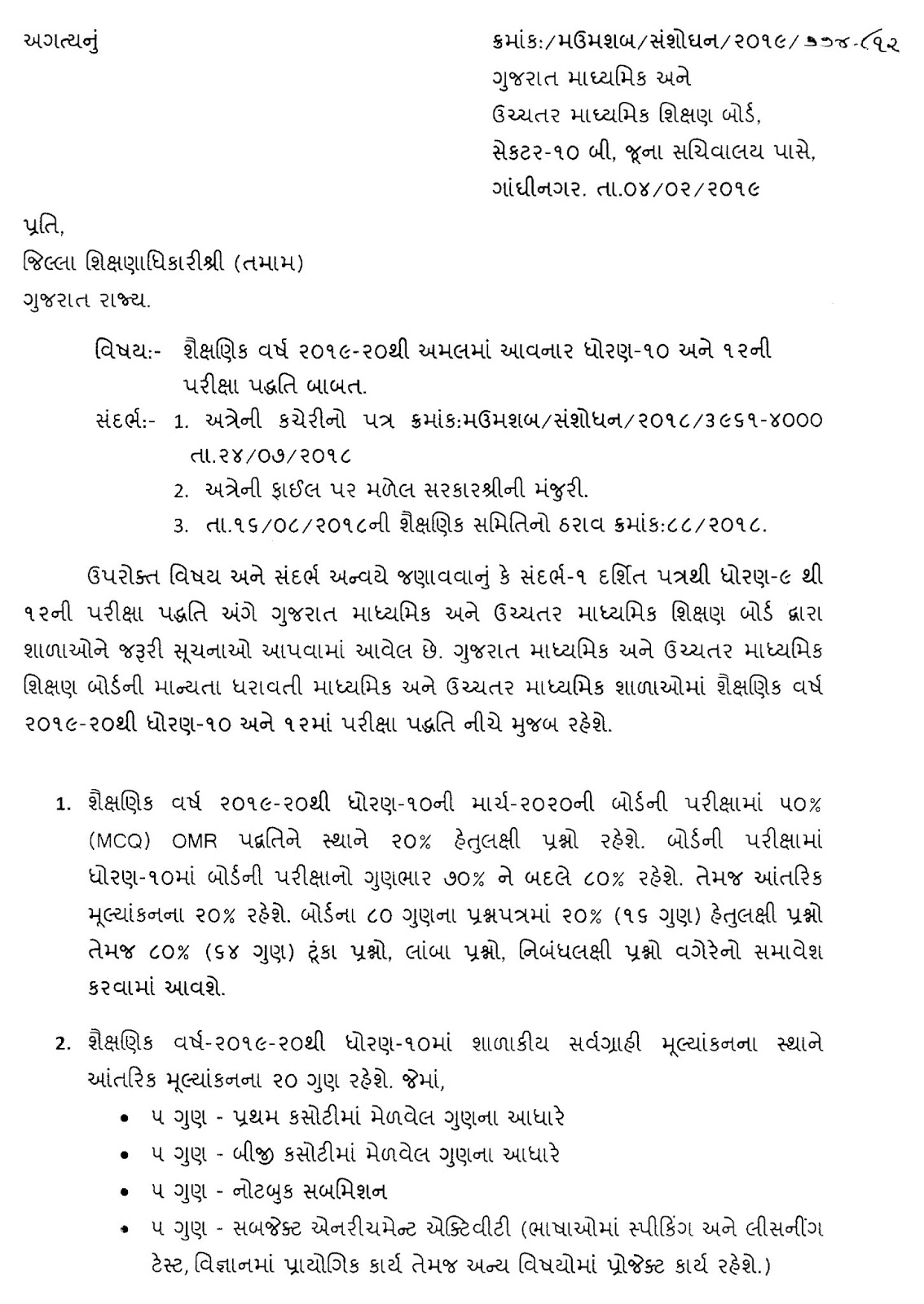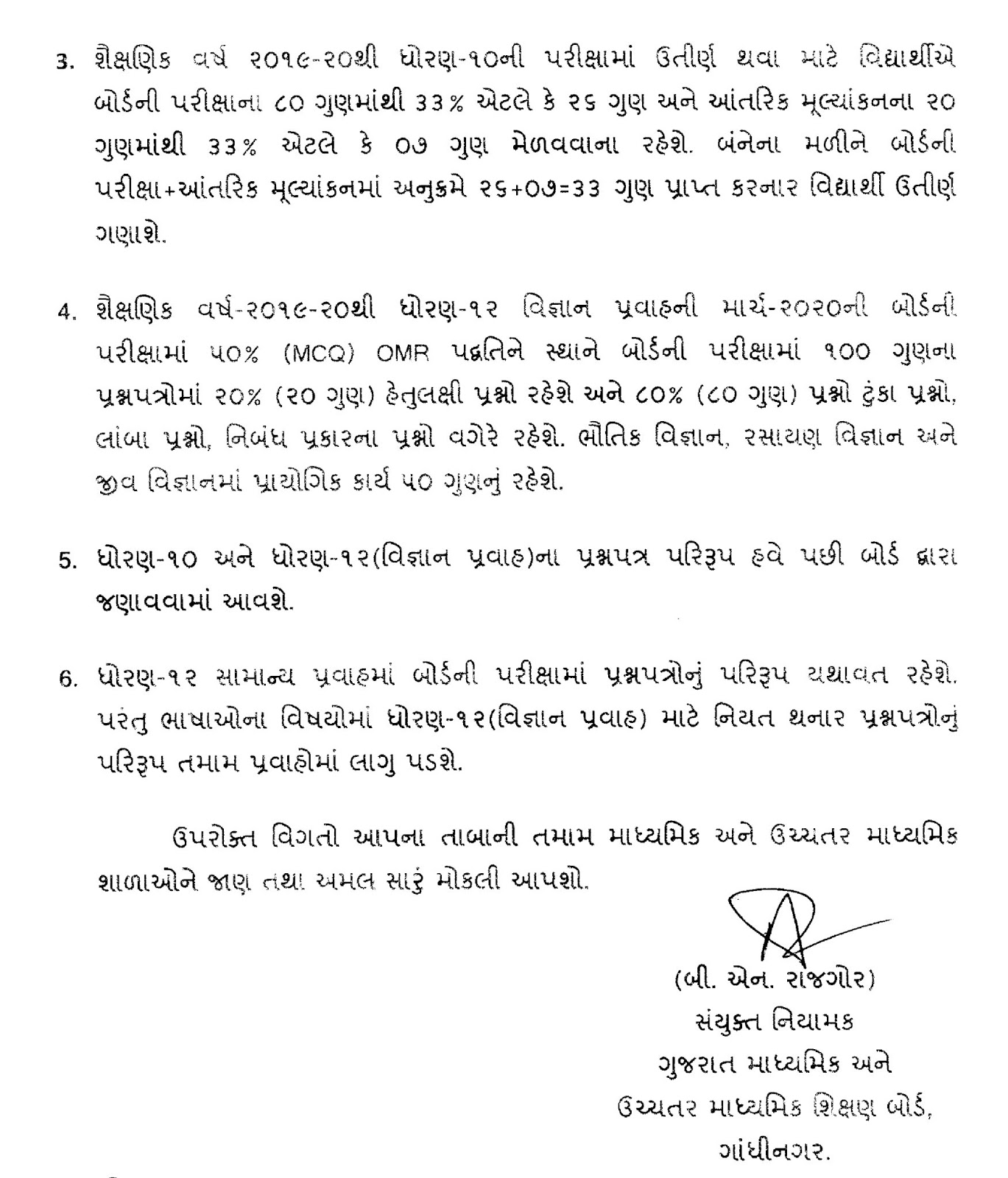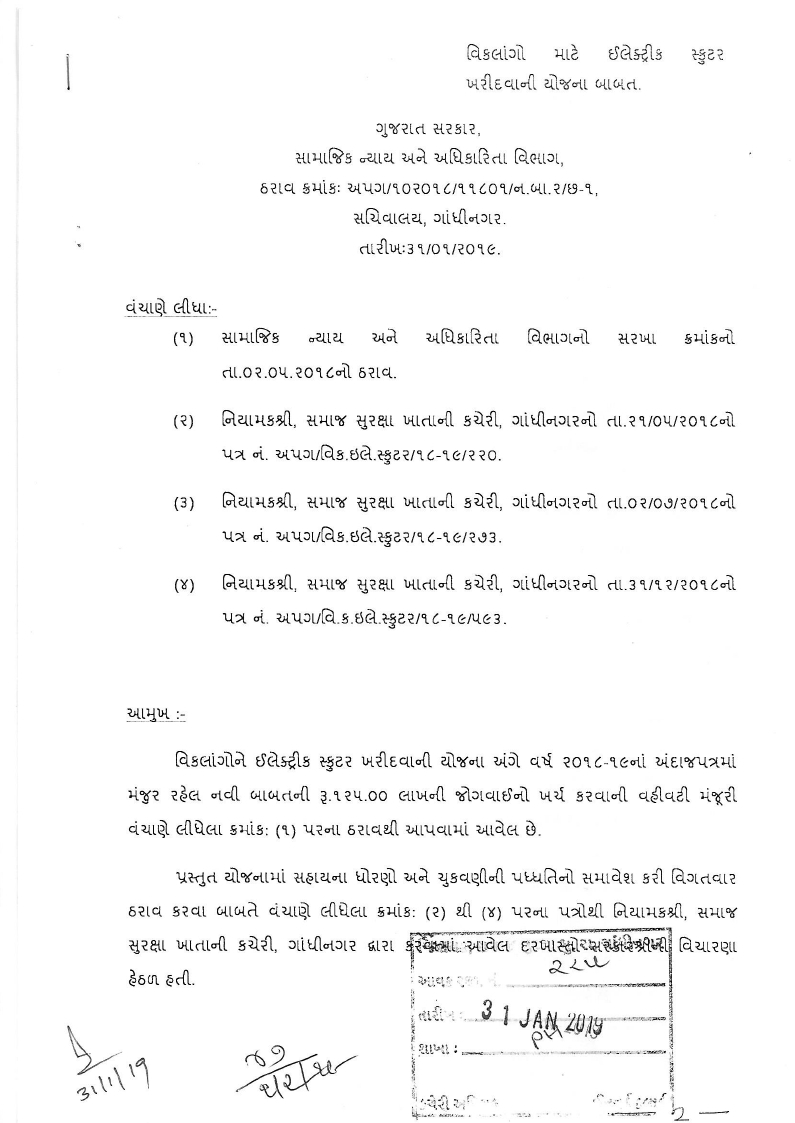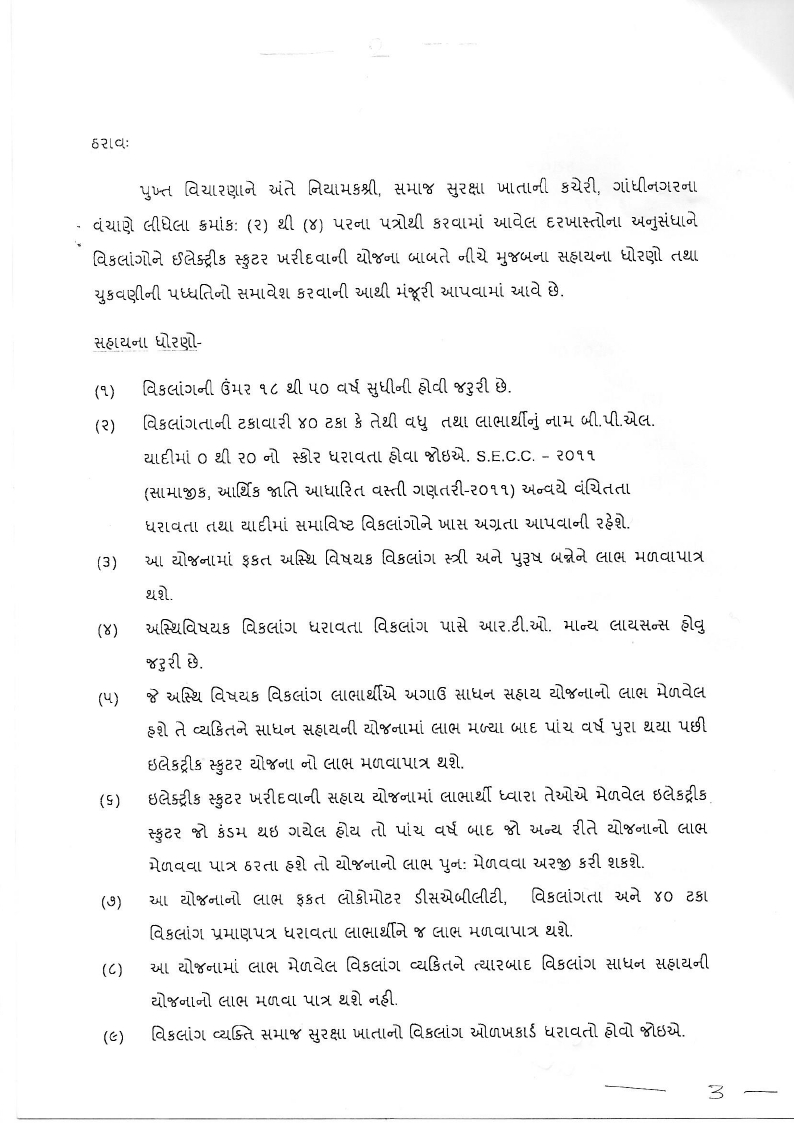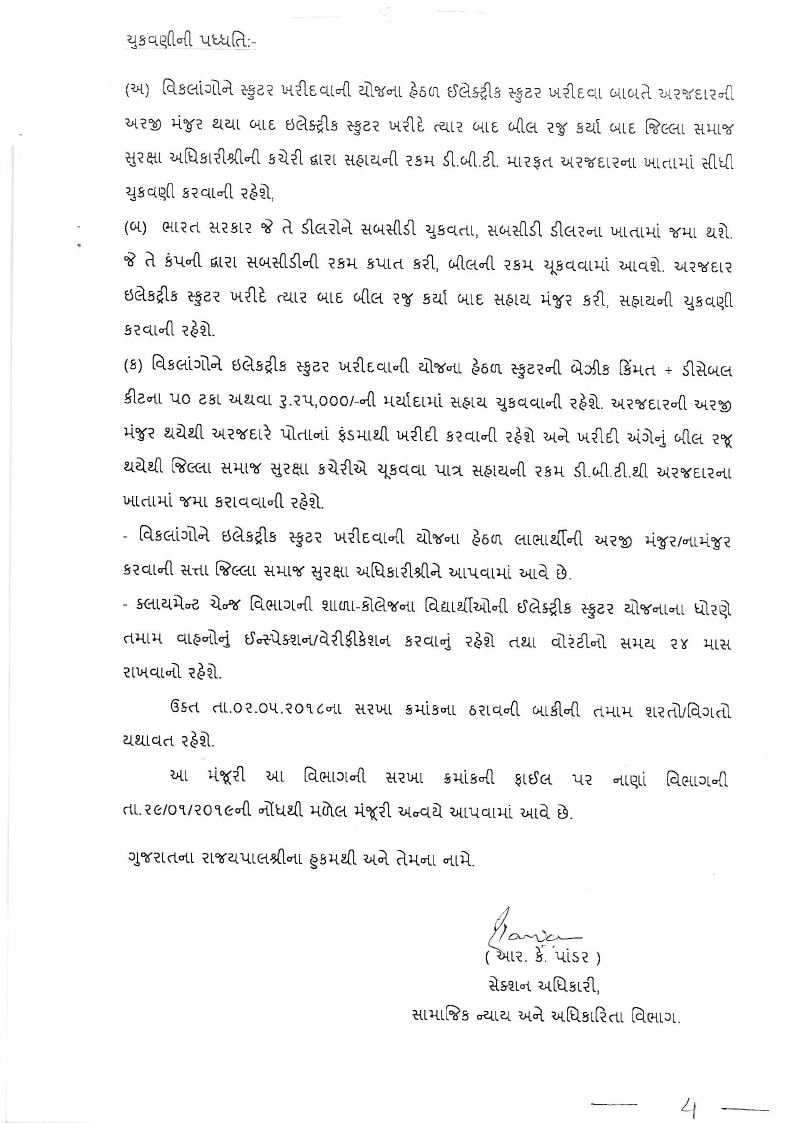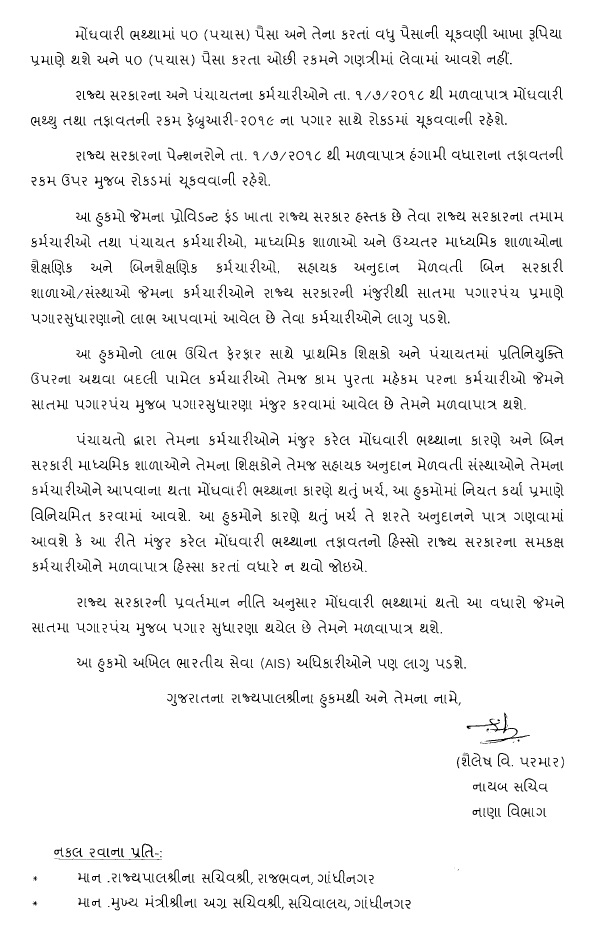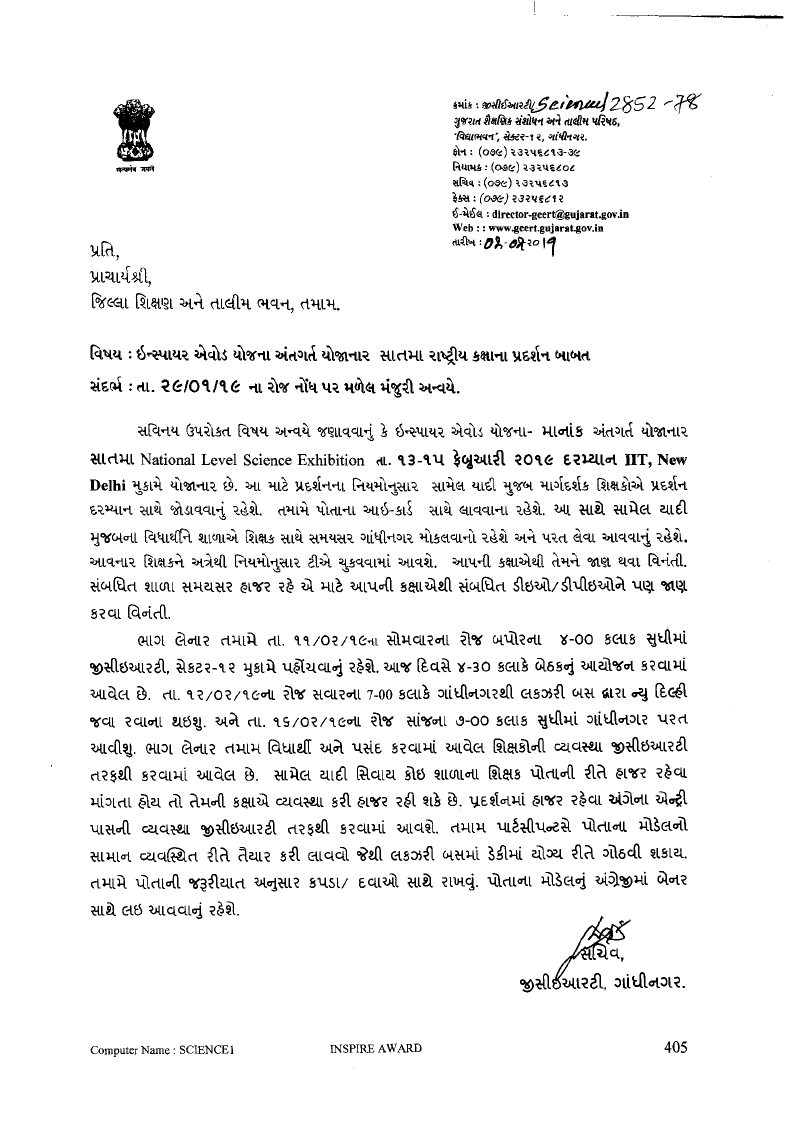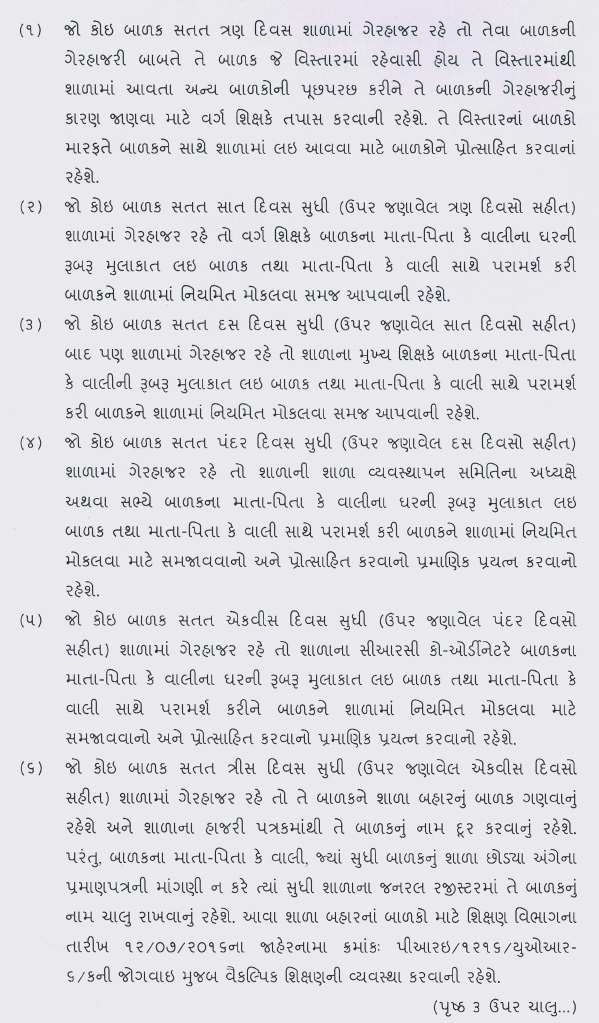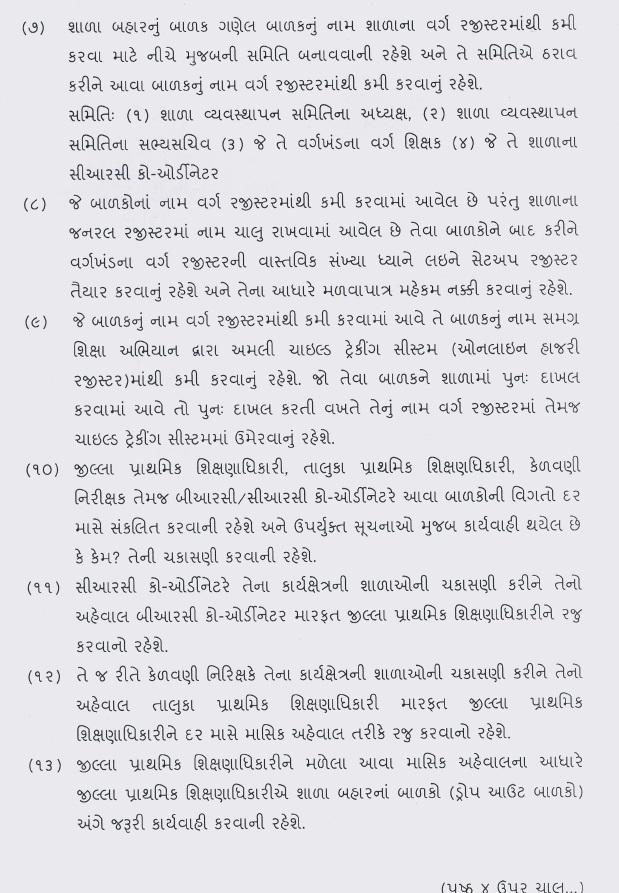Shaixanik Varsh 2019/20 Thi Amalma Avanar Dhoran 10 Ane 12 Ni Parixa Padhati Babat
This circular does not alter that multi-denominational basis by which religious
instruction is provided or amend any of the deeds, or legal instruments concerned.
It may have been reasonable when the schools were established for a school to
assume that its pupil population was predominately Catholic and to make
arrangements for religious instruction and worship exclusively on that basis.
Historically some ETB schools in addition to meeting Catholic needs also made
provision for religious instruction that met the needs of pupils from local Protestant
communities. Depending on their future pupil composition as multi-denominational
schools, Community and ETB schools may have to make provision for religious
instruction for those from other minority religions should it be required.
Past practice of assuming that the pupil body is predominately Catholic and arranging
religious instruction accordingly is no longer an appropriate approach. In a changing
context the constitutional right not to attend religious instruction must be given effect
through changed practices.
The key change is that those who do not want instruction in line with the requirements
of any particular religion should be timetabled for alternative tuition throughout the
school year rather than supervised study or other activities.
This circular does not alter that multi-denominational basis by which religious
instruction is provided or amend any of the deeds, or legal instruments concerned.
It may have been reasonable when the schools were established for a school to
assume that its pupil population was predominately Catholic and to make
arrangements for religious instruction and worship exclusively on that basis.
Historically some ETB schools in addition to meeting Catholic needs also made
provision for religious instruction that met the needs of pupils from local Protestant
communities. Depending on their future pupil composition as multi-denominational
schools, Community and ETB schools may have to make provision for religious
instruction for those from other minority religions should it be required.
Past practice of assuming that the pupil body is predominately Catholic and arranging
religious instruction accordingly is no longer an appropriate approach. In a changing
context the constitutional right not to attend religious instruction must be given effect
through changed practices.
The key change is that those who do not want instruction in line with the requirements
of any particular religion should be timetabled for alternative tuition throughout the
school year rather than supervised study or other activities.
